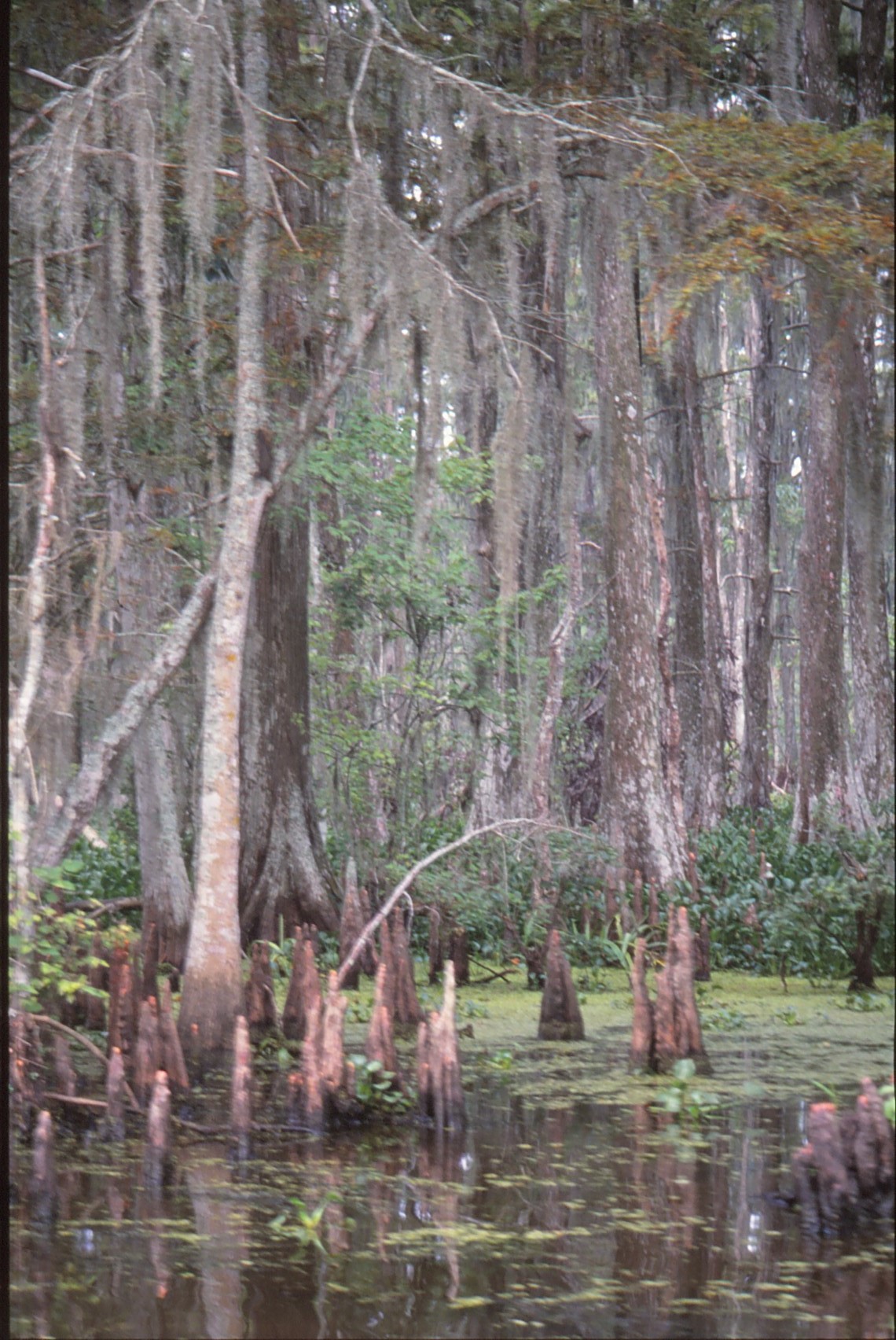Is seawater alkalinization an unproblematic way of carbon dioxide removal?Maanantai 1.5.2023 klo 17.30 - Mikko Nikinmaa It is simple. One just has ships floating in the high seas spreading alkaline substances to seawater. As a result, the pH of the seawater increases, carbon dioxide-bicarbonate-carbonate equilibrium is shifted to the right, and consequently carbon dioxide is mopped up. What a neat and cheap way of combatting climate change, and it can be done without any requirements for technological advancements. No wonder technology-oriented people have been jumping in excitement. But are there serious downsides? The question becomes immediately relevant, as apart from the climate crisis we are experiencing biodiversity crisis. And any large-scale bioengineering project such as seawater alkalinization will affect the biota of the area which is alkalinized. It is not known how large the effects are, which species suffer from, and which don’t mind about the pH changes. So, if an alkalinization project is carried out, one is really doing a large-scale experiment with unknown results. A recent modelling study about alkalinization of seawater and its possible effects has been reported in Environmental Research Letters (18: 044047; https://doi.org/10.1088/1748-9326/acc9d4; Fakhraee et al.). |
|
Kommentoi kirjoitusta. Avainsanat: climate change, carbon dioxide sink, geoengineering, seawater pH |
Amazonas may have reached the tipping point already - if not, urgent action is necessaryMaanantai 12.9.2022 klo 18.51 - Mikko Nikinmaa If 20-25 % of a rainforest area is lost (deforested, burned), the forest turns to savannah. This is because the water cycle maintaining the forest is interrupted. The tree area of the forest needs to be adequate in order to guarantee that the evaporative water loss from the trees turns to rain that keeps the forest alive. With decreasing evaporation, the moisture generated is not enough to turn to rain, and the moisture-requiring forests disappear and are replaced by savannah. This generates an extensive loss of the carbon-dioxide absorbing capacity of the area. Since Amazonas has for good reason been called Earth’s lungs, the deforestation and burning can be called Earth’s lung cancer. It is estimated that the area of Amazonas that has already been changed to agricultural land is a little less than 20 %. In addition, another 6 % is under quite heavy human influence, but could be returned to proper rain forest. Thus, we are clearly at the tipping point; if forest loss is allowed to continue, we lose the major carbon dioxide sink, if we take the countermeasures, restoring the heavily impacted area, Earth’s lungs may survive. When the international agreements on combatting climate change were done, one point that was agreed upon was that the industrialized North would give lots of funds for third world countries to enable them to establish, e.g., protected forest areas. Hitherto only less than ten % of the promised funds have been allocated. It would, however, be easy to fulfil the monetary promises, e.g., by placing a small climate tax on the superrich. Then their riches would be more beneficial to mankind than the short space explorations. |
|
Kommentoi kirjoitusta. Avainsanat: climate change, carbon dioxide sink, water cycle |
Record Deforestation of Amazonian RainforestKeskiviikko 3.7.2019 klo 19.19 - Mikko Nikinmaa Brazilian President Bolsonaro is keeping his promises. |
|
Kommentoi kirjoitusta. Avainsanat: climate change, carbon dioxide sink, climate deniers |

 He belongs to the group of world leaders together with Trump and Putin, who deny that such thing as climate change is taking place. Or actually in an interview Trump said: “I don’t deny climate change, but it can go both ways – it can go both ways.” Anyhow, for some time now, deforestation of Amazonas has decreased, and that has been good news for world’s climate. But unfortunately the positive trend has now stopped. The deforestation of Amazon is now record high. Just as President Bolsonaro said, when coming into power. He wowed to stop environmentalists from disturbing the agroforest industry. He is now keeping his promise. It does not matter that the cutting of Amazon rainforest will make agricultural land everywhere, also in Brazil less fertile and increase the number of unpredictable weather events, including droughts all over the world but especially in the tropical and subtropical areas. However, if you deny that anything is happening to the climate, then doing what the present Brazilian government is doing is logical. It would actually be very pertinent for the rich Americans, who have said to use billions of dollars to combat climate change, to buy forest around areas, which are now being cut. That would make future deforestation more difficult.
He belongs to the group of world leaders together with Trump and Putin, who deny that such thing as climate change is taking place. Or actually in an interview Trump said: “I don’t deny climate change, but it can go both ways – it can go both ways.” Anyhow, for some time now, deforestation of Amazonas has decreased, and that has been good news for world’s climate. But unfortunately the positive trend has now stopped. The deforestation of Amazon is now record high. Just as President Bolsonaro said, when coming into power. He wowed to stop environmentalists from disturbing the agroforest industry. He is now keeping his promise. It does not matter that the cutting of Amazon rainforest will make agricultural land everywhere, also in Brazil less fertile and increase the number of unpredictable weather events, including droughts all over the world but especially in the tropical and subtropical areas. However, if you deny that anything is happening to the climate, then doing what the present Brazilian government is doing is logical. It would actually be very pertinent for the rich Americans, who have said to use billions of dollars to combat climate change, to buy forest around areas, which are now being cut. That would make future deforestation more difficult.